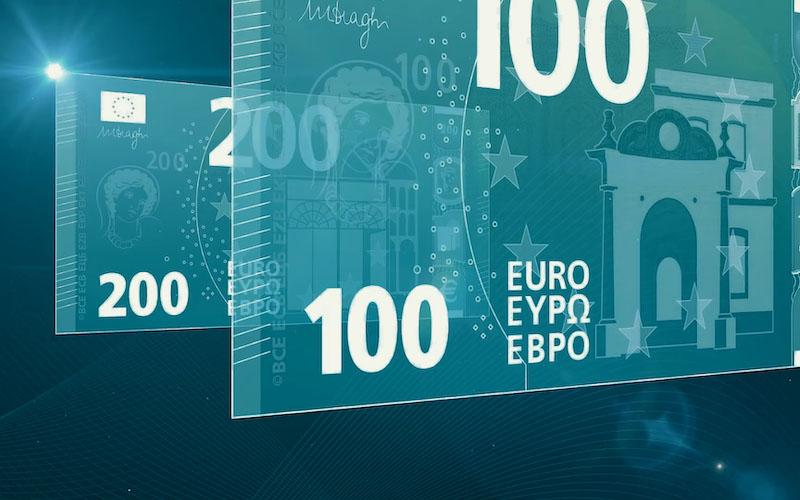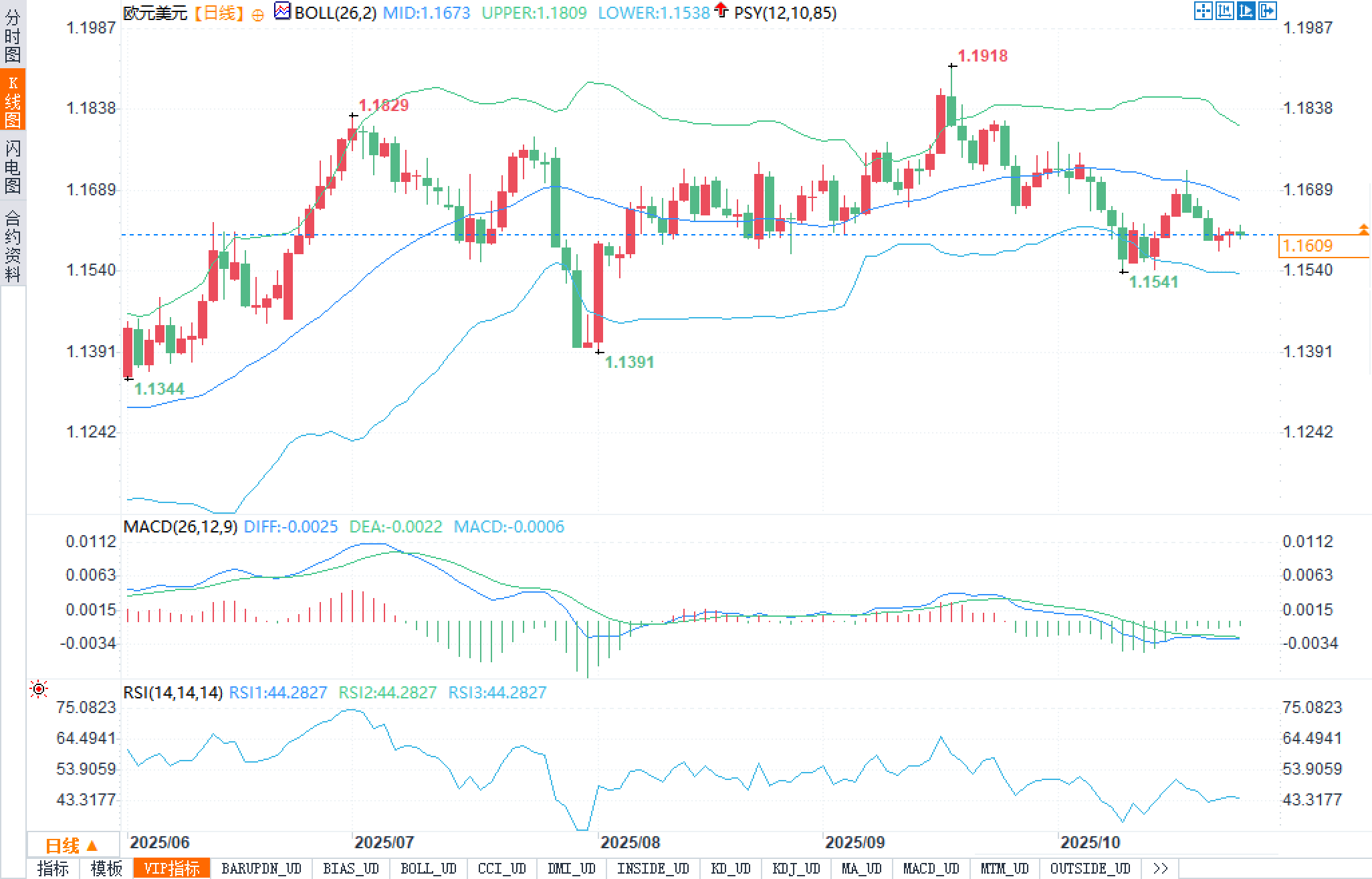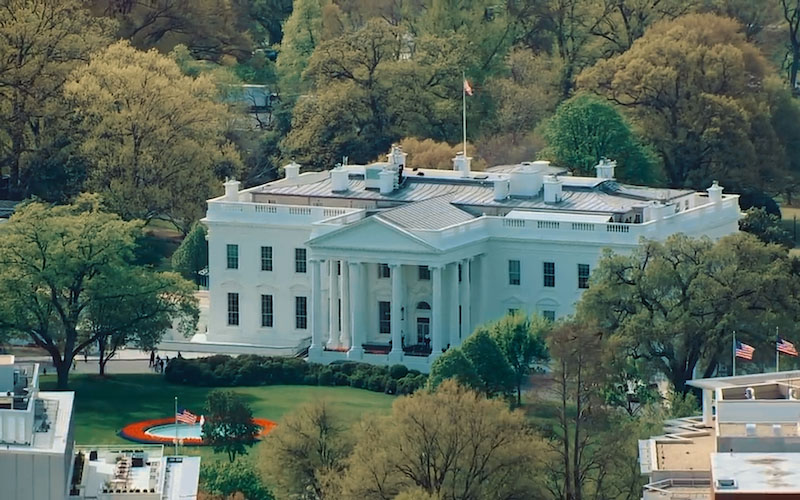The Fed’s interest rate cut scenario may turn into a “battlefield” in seconds, killing both bulls and bears in the euro?
2025-10-24 20:27:54

Fundamentals
The most significant data from Europe this week came from the HCOB PMI: the manufacturing index rose from 49.8 to 50.0 in early October, returning to the upper limit of the boom-bust line; the services index accelerated from 51.3 to 52.6, reaching its highest level in nearly 12 months. Earlier released, the German PMI also showed marginal improvement, with the manufacturing index rising slightly from 49.5 to 49.6, and the services index jumping from 51.5 to 54.5. The improved data has increased the scope for debate on the ECB's hawkish stance, cooling market bets on further easing in the near term, and providing some support for the euro from the interest rate differential.
On the US dollar side, the September CPI will be released: the monthly rate is expected to be 0.4% and the annual rate is expected to be 3.1%, an increase from 2.9% in August. The core CPI is expected to be 3.1% annually, unchanged from the previous month. The inflation path will directly shape the wording and pace of the Fed's decision next week. Current derivatives pricing indicates that the market is almost "marginally pricing" a 25 basis point rate cut, with a 98.9% probability. The probability of another 25 basis point cut in December is also assessed at 91%. This means that the convergence of interest rate differentials is not a one-sided positive for the euro. The key lies in the extent to which tonight's CPI reprices to US inflation stickiness.
Technical aspects:
The daily chart shows the middle Bollinger Band at 1.1673, the upper Bollinger Band at 1.1809, and the lower Bollinger Band at 1.1538. The exchange rate is currently trading in the lower-mid range, below the middle band and above the lower band, indicating a "neutral to weak" mean reversion. The narrowing candlestick bodies and frequent upper shadows in recent days indicate that selling pressure remains stubbornly strong in the 1.1630-1.1673 range.

The MACD (26, 12, 9) is stuck near the zero axis, with the DIFF at -0.0025, the DEA at -0.0022, and the histogram at -0.0006. While momentum is negative, its absolute value is small, suggesting a weakening trend within a consolidation. Once triggered by data, directional divergence is likely to occur. The RSI is at 44.2827, below 50 but not oversold, suggesting a bearish bias within a range of fluctuations.
Looking at the price structure, short-term resistance is initially at 1.1630, followed by the middle Bollinger band at 1.1673. Strong resistance lies at the upper Bollinger band at 1.1809 and the previous high at 1.1918. Support is initially at the recent low of 1.1541, which forms a "resonant support" with the lower Bollinger band at 1.1538, with further support at 1.1391. If a subsequent "bandwidth restart" occurs, be wary of a unilateral release following a Bollinger Band squeeze. To the upside, a large-volume breakout and a retracement to confirm 1.1673 as support are needed. To the downside, watch for the breakdown of 1.1538/1.1541 and the formation of a "false breakout followed by a rapid pullback" pattern.
Market Outlook
Scenario 1: Higher-than-expected inflation. If the annual CPI rate significantly exceeds 3.1%, or the monthly rate exceeds 0.4%, the Fed's "double-check" rate cut will be questioned, potentially giving the US dollar a short-term boost. The Euro could easily test the resonant support of 1.1541/1.1538. If it breaks down with significant volume and forms a secondary confirmation of a pullback, 1.1391 will enter the mid-term range. However, it is important to emphasize that with the MACD near zero, any downward break must be accompanied by a simultaneous expansion of the histogram and a drop below 40 in the RSI; otherwise, it is more likely to become a false breakout and a V-shaped pullback.
Scenario 2: Inflation meets or falls short of expectations. If both CPI and core inflation are at or below 3.1%, and the monthly rate remains below 0.4%, the interest rate differential will favor the euro, with the mid-band at 1.1673 becoming the primary challenge. A successful retest of the 1.1809 and 1.1918 levels could be achieved with a positive candlestick formation, opening up technical support for the upper Bollinger Bands. However, the upper Bollinger Band remains blunted, and further upside momentum must be accompanied by a widening band and a return of the MACD above zero. Otherwise, the rally could easily lead to a reversal within the 1.1630-1.1673 range.
Risks: First, the non-farm payroll report after inflation may further revise expectations; second, if subsequent European hard data fails to keep pace with the stabilization of the PMI, market consensus will quickly cool; third, if the ECB and the Fed's caliber changes "unexpectedly hedge", it will amplify volatility rather than provide a trend.
Overall, the current situation is more like a "silence before direction." European data provides the initial outlines of the story; the true sequel will depend on how inflation turns tonight. Until clear signals emerge, respecting ranges and key levels is a dual respect for both price and risk.
- Risk Warning and Disclaimer
- The market involves risk, and trading may not be suitable for all investors. This article is for reference only and does not constitute personal investment advice, nor does it take into account certain users’ specific investment objectives, financial situation, or other needs. Any investment decisions made based on this information are at your own risk.





















